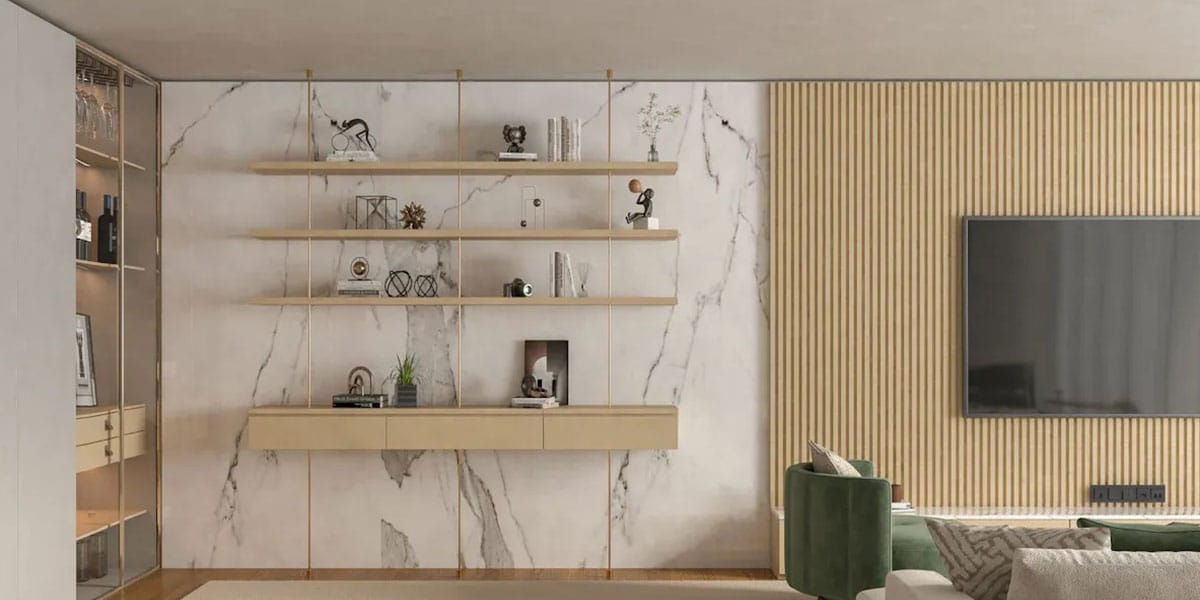
12 Jul Magnesium Wall Board and Drywall Breaking Down the Pros and Cons
Table of Contents
If you want a wall that fights fire, water, and mold, magnesium wall board gives strong protection. Drywall is still popular because it is easy to use and costs less at first. You can see the main differences below:
Feature | Magnesium Wall Board | Drywall |
|---|---|---|
Fire Resistance | Moderate | |
Moisture Resistance | Excellent | Low |
Mold Resistance | High | Moderate |
Durability | High | Moderate |
Magnesium wall board does not bend or break easily, even in wet places. Drywall may need more fixing in damp areas. What you pick depends on what your space needs.
Key Takeaways
- Magnesium wall board is great at stopping fire, water, and mold. This makes it good for wet places or busy areas.
- Drywall costs less and is simple to put up. It works best in dry rooms where you want a fast and cheap fix.
- Magnesium wall board lasts longer and breaks less often. You spend more at first but save money later.
- Both are easy to cut and put in place. But magnesium wall board is stronger and looks smoother.
- Pick magnesium wall board or drywall based on your room, money, and safety needs.
Quick Comparison
Key Pros and Cons
When you look at mgo board and drywall, you see they are different. The table below shows how each one is special:
Feature | Magpanel MGO Board | Drywall |
|---|---|---|
Fire Resistance | A1 fireproof, over 4 hours | Up to 2 hours, weakens with heat |
Moisture Absorption | Poor, swells and weakens when wet | |
Flexural Strength | 10-16 MPa, strong and impact-resistant | 3-5 MPa, prone to dents and cracks |
Density | 1000-1100 kg/m³, heavier | 640-800 kg/m³, lighter |
Environmental Impact | Eco-friendly, recyclable | Energy-intensive production |
Cost | Higher, premium features | Lower, budget-friendly |
Installation | Simple to cut and install | Easy to carry and install |
Outdoor Use | Not for very high humidity (>84%) | Not for wet or humid outdoor areas |
Mgo board is better at stopping fire and water. Drywall is still liked because it is light and simple to move. If you want a wall that does not break easily, mgo board is much tougher. Magpanel also helps stop mold and keeps the air fresh.
Tip: Pick magpanel or mgo board if you want a wall that lasts and does not get damaged easily. Drywall is good if you need something fast and cheap.
When to Use Each
Use drywall if you want something quick and not expensive for dry rooms inside. Drywall is easy to buy and most workers know how to put it up. It works well in bedrooms, living rooms, and offices where water is not a worry.
Pick magpanel or mgo board if you need more safety. For kitchens, bathrooms, or basements, mgo board will not get ruined by water. Magpanel mgo is also good for schools, hospitals, and places where fire safety is important. If you care about the earth, magpanel is a better choice.
Both magpanel and drywall are useful for building. What you pick depends on what you need for strength, safety, and price.
Magnesium Wall Board vs Drywall
 Fire Safety
Fire Safety
If you want walls that stop fire, you need to know how each board works in a real fire. Magnesium wall board is very good at stopping fire. It does not burn or make dangerous smoke. This makes magnesium oxide board a great pick for places where safety is important.
Here is a table that shows how each board does in fire:
Material Type | Fire Resistance Duration | Key Characteristics |
|---|---|---|
Magnesium Oxide (MGO) | Up to 4 hours | Naturally fireproof, non-combustible, no additives needed, does not emit harmful fumes, suitable for high fire-rated applications. |
Type X Drywall (Gypsum) | At least 1 hour | Contains glass fibers and special gypsum core additives, meets ASTM standards, used in 1- and 2-hour fire-rated walls. |
Type C Drywall (Gypsum) | Enhanced fire protection beyond Type X | Special gypsum core, UL Classified, ASTM C1396 compliant, GREENGUARD Gold certified, eco-friendly with low emissions. |
12.7 mm Gypsum Board | About 51 minutes | Standard gypsum board thickness with moderate fire resistance. |
15.9 mm Gypsum Board | Around 52 minutes | Slightly thicker gypsum board with marginally better fire resistance. |
Two layers Gypsum Board | Up to 79 minutes | Multiple layers improve fire resistance significantly compared to single layers. |
Mgo board can last up to 4 hours in fire. Drywall, even special kinds, usually lasts less than 2 hours. When tested, magnesium oxide board can last 1 to 2 hours or more, even in very hot fires. This gives you more time to get out and helps protect your building.
Magpanel is a well-known mgo board with high fire resistance. It does not need extra chemicals to stop burning. You can trust magpanel to help keep you safe if there is a fire. Drywall is common, but it does not protect as well as mgo board. If you need strong fire safety, magpanel is the best pick.
Note: Magnesium wall board is stronger than other boards in fire. You can feel safer knowing your walls are tough against fire.
Moisture Resistance
Water can ruin walls if you use the wrong board. Magnesium oxide board is very good at stopping water damage. You can use magpanel in bathrooms, basements, and kitchens without worrying about water. Mgo board stays strong and does not swell or fall apart when wet.
Drywall does not do well with water. If drywall gets wet, it soaks up water, swells, and gets weak. Mold can grow on wet drywall, which is bad for your health. Magpanel fights mold and mildew. Your wall stays clean and safe, even in damp rooms.
Magpanel is not fully waterproof, but it keeps its shape and strength much better than drywall. For very wet places, you should use a weather barrier with magpanel. Still, mgo board is much better than drywall for stopping water damage.
Tip: Pick magpanel for rooms with lots of moisture. You will save money and your walls will look good for longer.
Durability
You want walls that last a long time. Magnesium oxide board is very strong. Magpanel can take hits and heavy use. It does not crack or dent easily. You can use mgo board in schools, hospitals, and busy halls where walls get bumped a lot.
Here is a table that compares how strong each board is:
Characteristic | MgO Board | Gypsum Board |
|---|---|---|
Fire Resistance | Up to 4 hours | 30-60 minutes |
Impact Strength | 4.5+ kilojoules | ~1 kilojoule |
Moisture Resistance | Stable after 100 days water submersion | Absorbs ~3% surface moisture, swells and degrades |
Mold Resistance | Naturally resistant | Susceptible to mold growth |
Bending Strength | 18-27 MPa | 5.6 MPa |
Density | 0.85-1.2 g/cm³ | 1.2-1.3 g/cm³ |
Typical Thickness | 8-12 mm | 9.5-15 mm |
Magpanel keeps its strength even after being in water for 100 days. Drywall cannot do this. Mgo board stops mold, mildew, and bugs. You will spend less time and money fixing your walls. Drywall is easier to put up and costs less at first, but it does not last as long in tough places.
If you want walls that can handle daily bumps, magpanel is the smart choice. You get strong walls and do not need to fix them often. Drywall is fine for dry, quiet rooms, but magpanel is better for busy or rough places.
Note: Magpanel gives you walls that last a long time. You save money because you do not have to fix or replace them as much.
Installation and Workability
Handling and Cutting
When you work with wall boards, you want a material that makes your job easier. Mgo boards, like magpanel, stand out for their ease of installation. You can carry mgo boards without much trouble because they are lighter than cement boards. This lower weight means you need less help and can finish your project faster.
You will notice that mgo boards cut and shape easily. You can use a standard utility knife or a saw. This saves you time and reduces dust on the job site. Drywall is also simple to cut, but it can break or crumble if you do not handle it carefully. Magpanel keeps its edges clean, so you get a smooth finish every time.
- Mgo boards are lightweight, so you can move them with less effort.
- You can cut mgo boards quickly, which helps you finish projects sooner.
- Magpanel does not chip or crack as much as drywall during cutting.
- Drywall is easy to score and snap, but it may create more dust and mess.
If you want the best ease of installation, magpanel and mgo boards give you a clear advantage. You spend less time on prep and cleanup, and you get a better result.
Fastening and Finishing
You need strong walls that stay in place. Both mgo boards and drywall use screws or nails for fastening, but mgo boards like magpanel need special fasteners for the best results. Use corrosion-resistant screws, such as stainless steel or ceramic-coated types, to keep your walls secure.
Here is a table that shows some important properties for fastening and finishing:
Test Property | Standard Reference | Result/Value |
|---|---|---|
Density (Dry) | EN12467:2012 +A1:2016 section 7.3.1 | 950-1200 kg/m³ |
Bending Strength | EN12467:2012 +A1:2016 section 7.3.2 | Ambient: 20 MPa, Wet: 22 MPa |
Water Impermeability | EN12467:2012 +A1:2016 section 7.3.3 | Passed |
Soft Body Impact Resistance | Large soft impact bodies (50 kg mass) | 240 Nm |
You should place fasteners at least 4 inches from corners and space them 6 inches apart around the edges. For the center, keep fasteners 12 inches apart. Drywall screws work well for both drywall and mgo, but magpanel needs a bit more care to avoid overdriving the screws.
When you finish the joints, use a sandable patching compound and wide fiberglass tape. For magpanel, pick a primer made for alkaline boards, then use paint that bonds well. This helps your walls resist moisture and UV rays. Drywall finishing is familiar to most installers, but mgo boards like magpanel give you a smoother, longer-lasting surface.
Tip: Let your mgo boards adjust to the room for a few days before finishing. This step helps prevent cracks and keeps your walls looking great.
If you want a wall that is easy to install and finish, magpanel and mgo boards offer you a modern solution. Drywall remains a good choice for quick jobs, but mgo boards give you extra strength and a cleaner finish.
Cost Comparison
Material Prices
When you plan your project, you want to know how much each wall board will cost. Drywall is the most common choice for many homes and offices. You can find drywall at almost any hardware store. The price for drywall is usually lower than magnesium wall board. This makes drywall a cost-effective option for large spaces.
Here is a simple table to help you compare prices:
Material | Average Price per Sheet (4×8 ft) |
|---|---|
Standard Drywall | $10 – $15 |
Moisture-Resistant Drywall | $15 – $20 |
Magnesium Wall Board | $25 – $40 |
You see that drywall costs less for each sheet. If you have a big project, drywall helps you save money at the start. Magnesium wall board costs more because it uses special materials and gives you extra benefits like fire and water resistance.
Note: You may pay more for magnesium wall board, but you get better protection and longer life.
Labor and Availability
You want to finish your project on time. Drywall is easy to find in most stores. Many workers know how to install drywall quickly. This means you spend less time looking for materials and workers. You also pay less for labor because drywall is simple to cut and hang.
Magnesium wall board is not as common as drywall. You may need to order it from a special supplier. Some workers may not have much experience with magnesium wall board. This can make the job take longer. You might pay more for labor if workers need extra training or special tools.
Here are some points to remember:
- Drywall is easy to buy and install.
- Most workers know how to work with drywall.
- Magnesium wall board may need special fasteners and tools.
- You may wait longer for delivery if you choose magnesium wall board.
If you want a fast and simple job, drywall is the best choice. You save time and money. If you need extra safety or moisture protection, magnesium wall board is worth the higher price and longer wait.
Benefits of Magnesium Oxide Boards
 Health and Safety
Health and Safety
You want your house or building to be safe and healthy. Magnesium oxide boards help with this because they are good for health and safety. These boards do not have toxins like asbestos or formaldehyde. You do not need to worry about bad chemicals in your walls. They have low moisture and stop mold from growing. This helps keep the air inside clean. Even in wet places, these boards do not let mold grow.
Here is a table that shows important health and safety facts for mgo boards:
Performance Indicator | Value / Description | Why It Matters |
|---|---|---|
Moisture Content | ≤ 8% | Less moisture means less mold risk |
Water Swelling | ≤ 0.6% | Keeps shape and strength |
Water/Moisture Permeability | None | Stops water from getting inside |
Asbestos and Formaldehyde | Absent | Free of toxins |
Fire Resistance Time | Up to 4 hours | High fire safety |
Long-term Stability | Stable for at least 33 years | Lasts for decades |
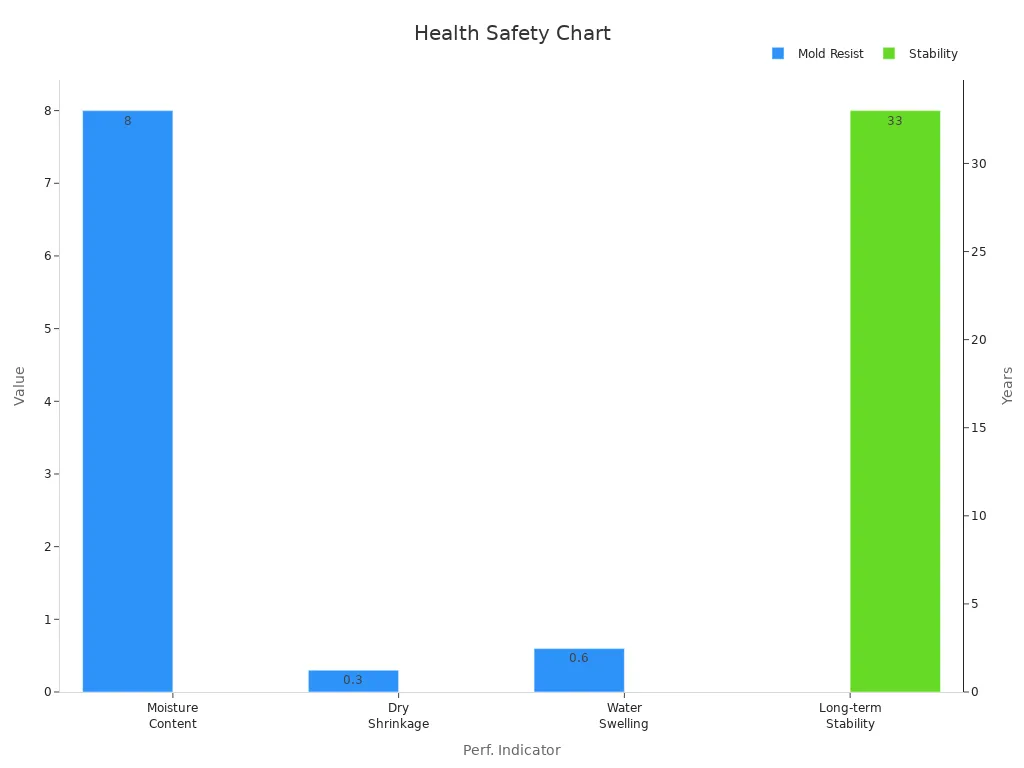
Mgo boards are great at stopping mold and fire. Tests show that good mgo boards stay strong and mold-free for over 30 years. You can feel safe knowing your walls help protect your family’s health.
Tip: Use mgo boards in rooms where you worry about moisture or mold. This will make your air better and your home safer.
Environmental Impact
You want to help the planet by using green materials. Magnesium oxide boards are good for the environment. They use less energy to make than many other wall boards. Factories make them at room temperature and reuse scraps. This lowers pollution. When they dry, mgo boards even take in CO2, which helps the earth.
Here is a table that compares CO2 emissions for different wall materials:
Material / Process | CO2 Emission (kg CO2 eq/m²) |
|---|---|
MOC (Magnesium Oxychloride Cement) panels | 37.3 |
Portland Cement concrete (tilt-up) | 105 |
Portland Cement concrete (ICF) | 48 |
Wooden-based wall scenarios | 19.12 – 28.7 |
You can see that mgo boards make much less CO2 than concrete walls. Getting magnesite for mgo does not use chemicals and is better for nature. Mgo boards are safe for landfills and for use inside. By picking mgo, you help build green and fight climate change.
Note: Mgo boards are a smart pick for eco-friendly projects. You get strong, fire-safe, and mold-resistant walls while helping the planet.
You have many choices for your walls. Magnesium wall board gives you strong protection from fire, water, and mold. Drywall costs less and is easy to install, but it needs more repairs in wet or busy places.
Material | Moisture Absorption | Impact Strength | Fire Resistance |
|---|---|---|---|
MgO Board | High | Up to 4 hours | |
Drywall | Higher | Low | Less than 1 hr |
Pick drywall for quick, low-cost projects in dry rooms.
Choose magnesium wall board for areas with moisture, high traffic, or where fire safety matters most.
Think about your budget, local supply, and long-term needs before you decide.
FAQ
What makes magnesium wall board better for wet areas?
You get strong moisture resistance with magnesium wall board. It does not swell or break down when wet. Mold and mildew cannot grow easily on it. You can use it in bathrooms, kitchens, or basements for long-lasting walls.
Can you paint or finish magnesium wall board like drywall?
Yes, you can paint or finish magnesium wall board. Use a primer made for alkaline surfaces. After priming, you can apply paint or wallpaper. You get a smooth finish that looks great in any room.
Is magnesium wall board safe for people with allergies?
Magnesium wall board does not contain formaldehyde or asbestos. It resists mold and mildew. You get cleaner air indoors, which helps people with allergies or asthma feel better.
Does magnesium wall board cost more than drywall?
You pay more for magnesium wall board at first. The price is higher than drywall. Over time, you save money because it lasts longer and needs fewer repairs, especially in wet or busy areas.
Can regular tools cut magnesium wall board?
You can use a utility knife or saw to cut magnesium wall board.
It does not chip or crack easily.
You do not need special tools for most jobs.

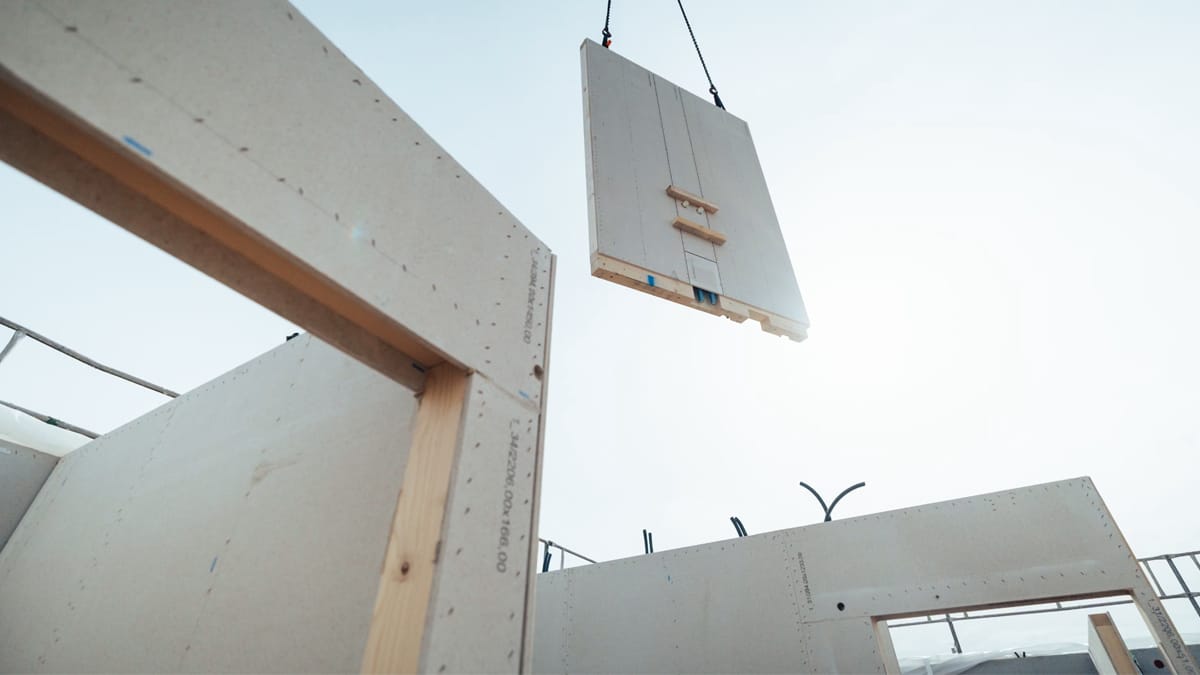 Fire Safety
Fire Safety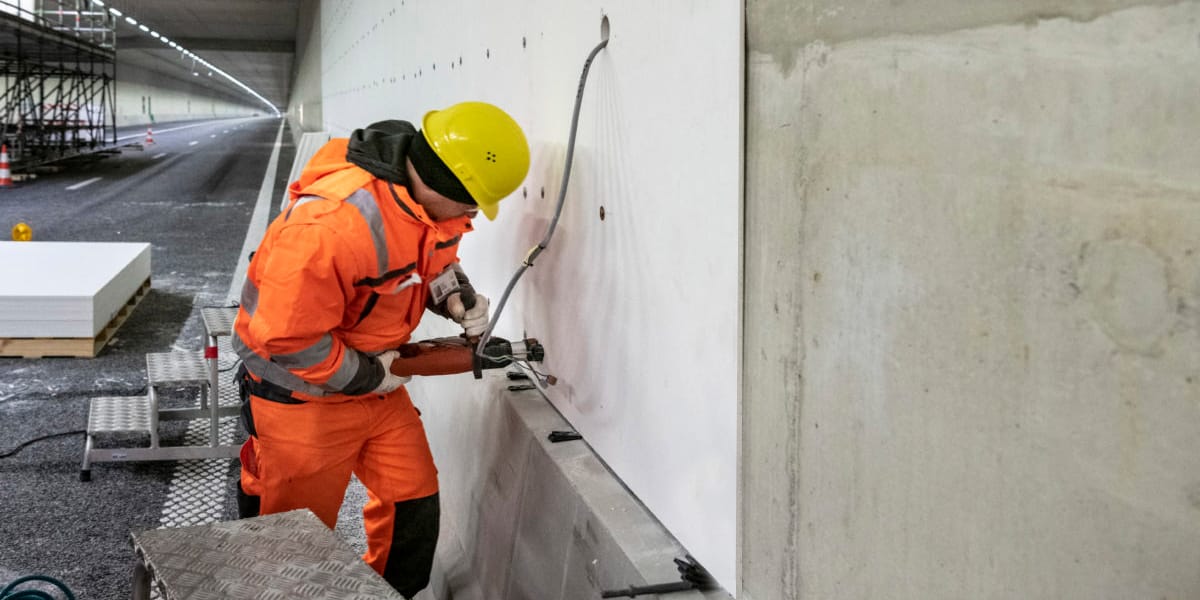
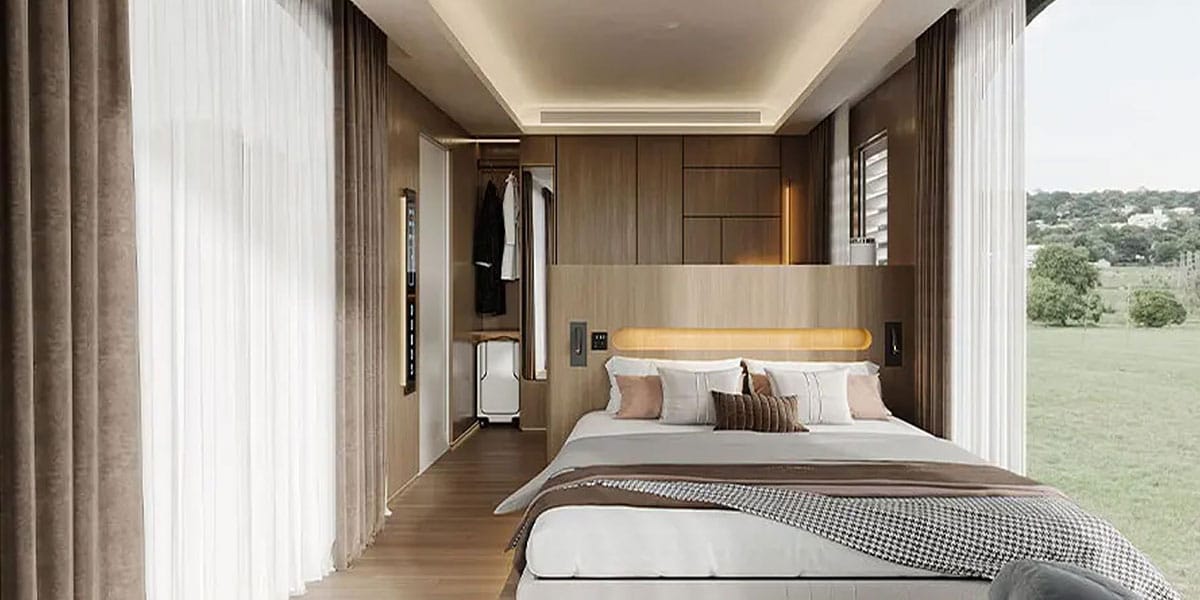 Health and Safety
Health and Safety